The Biological Mechanisms of Plant Thigmotropism
Introduction
Plant thigmotropism is a biological phenomenon that refers to the growth or movement of a plant in response to a mechanical stimulus, such as touch or pressure. This form of tropism is a vital aspect of plant survival and adaptation, enabling plants to interact with their environment in a dynamic way. Thigmotropism can be observed in various plant behaviors such as the coiling of tendrils, the closing of venus flytraps, and the growth of roots around obstacles in the soil.
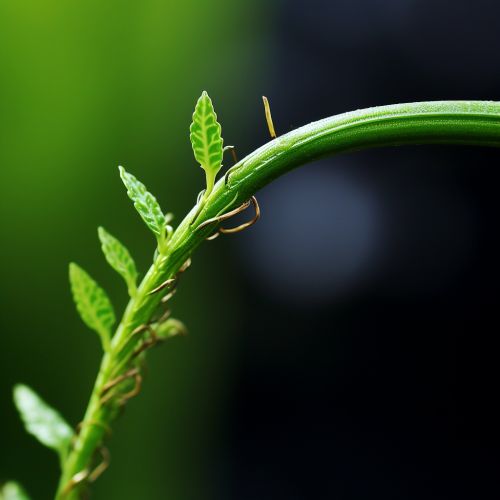
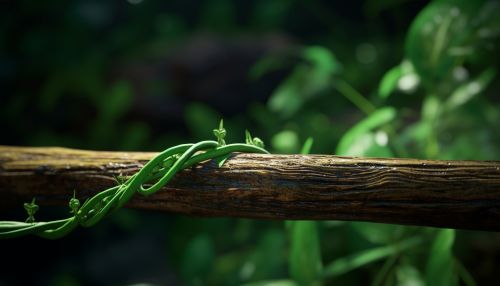
Mechanisms of Thigmotropism
The biological mechanisms behind thigmotropism involve a complex interplay of cellular and molecular processes. These include mechanoperception (the perception of mechanical stimuli), signal transduction (the process of converting the mechanical stimulus into a biological response), and differential growth (the unequal growth rates of different parts of the plant).
Mechanoperception
Mechanoperception in plants is facilitated by mechanoreceptors, specialized cells that can detect mechanical stimuli. These mechanoreceptors are believed to be located in the cell walls of plants, particularly in regions where the cell wall is thin or flexible.


Upon the application of a mechanical stimulus, these mechanoreceptors trigger a cascade of biochemical events within the cell. This involves the opening of mechanosensitive ion channels, which allows the influx of calcium ions into the cell. The increase in intracellular calcium levels serves as a key signal in the mechanotransduction pathway.
Signal Transduction
Signal transduction in thigmotropism involves the conversion of the mechanical stimulus into a biological response. This is achieved through a series of biochemical reactions that amplify the initial signal and transmit it to the appropriate cellular machinery.
The influx of calcium ions into the cell triggers the activation of various proteins, including calmodulin and protein kinases. These proteins play a crucial role in the signal transduction pathway, mediating the phosphorylation of other proteins and the activation of specific genes related to thigmotropic response.


Differential Growth
Differential growth is the final step in the thigmotropic response. It involves the unequal growth rates of different parts of the plant, leading to the bending or coiling of plant organs towards or away from the mechanical stimulus.
This differential growth is primarily driven by the plant hormone auxin. Auxin is synthesized in the plant's apical meristems and is transported downwards through the plant's tissues. In response to a mechanical stimulus, the distribution of auxin within the plant changes, leading to an unequal distribution of the hormone. This unequal distribution of auxin results in differential cell elongation, causing the plant to bend towards or away from the stimulus.

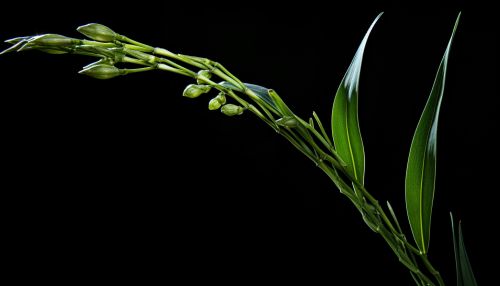
Examples of Thigmotropism
Thigmotropism is exhibited in various plant behaviors and adaptations. Some notable examples include the coiling of tendrils, the closing of venus flytraps, and the growth of roots around obstacles in the soil.
Coiling of Tendrils
One of the most well-known examples of thigmotropism is the coiling of tendrils. Tendrils are slender, spirally coiling plant organs that are used for support and climbing. When a tendril comes into contact with a suitable support, it responds by coiling tightly around the object. This thigmotropic response enables climbing plants to secure themselves to supports and reach sunlight more effectively.
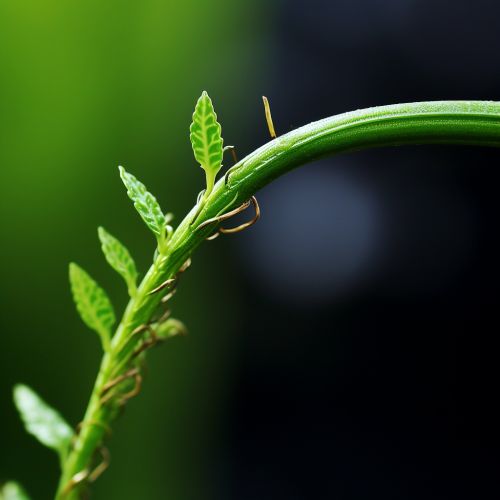
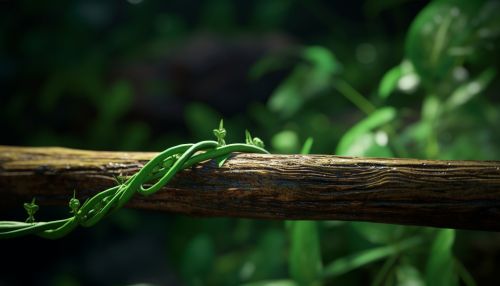
Closing of Venus Flytraps
The Venus flytrap, Dionaea muscipula, is a carnivorous plant that exhibits a rapid thigmotropic response. When an insect or spider touches the sensitive hairs on the inner surface of the plant's trap, the trap closes rapidly, ensnaring the prey. This thigmotropic response enables the Venus flytrap to capture and digest insects, supplementing its nutrient intake in nutrient-poor soils.

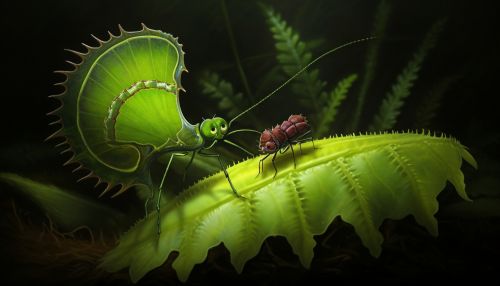
Growth of Roots Around Obstacles
Thigmotropism also plays a crucial role in root growth. When a root encounters a hard object or obstacle in the soil, it responds by changing its direction of growth. This thigmotropic response enables the root to navigate around the obstacle and continue growing in search of water and nutrients.


